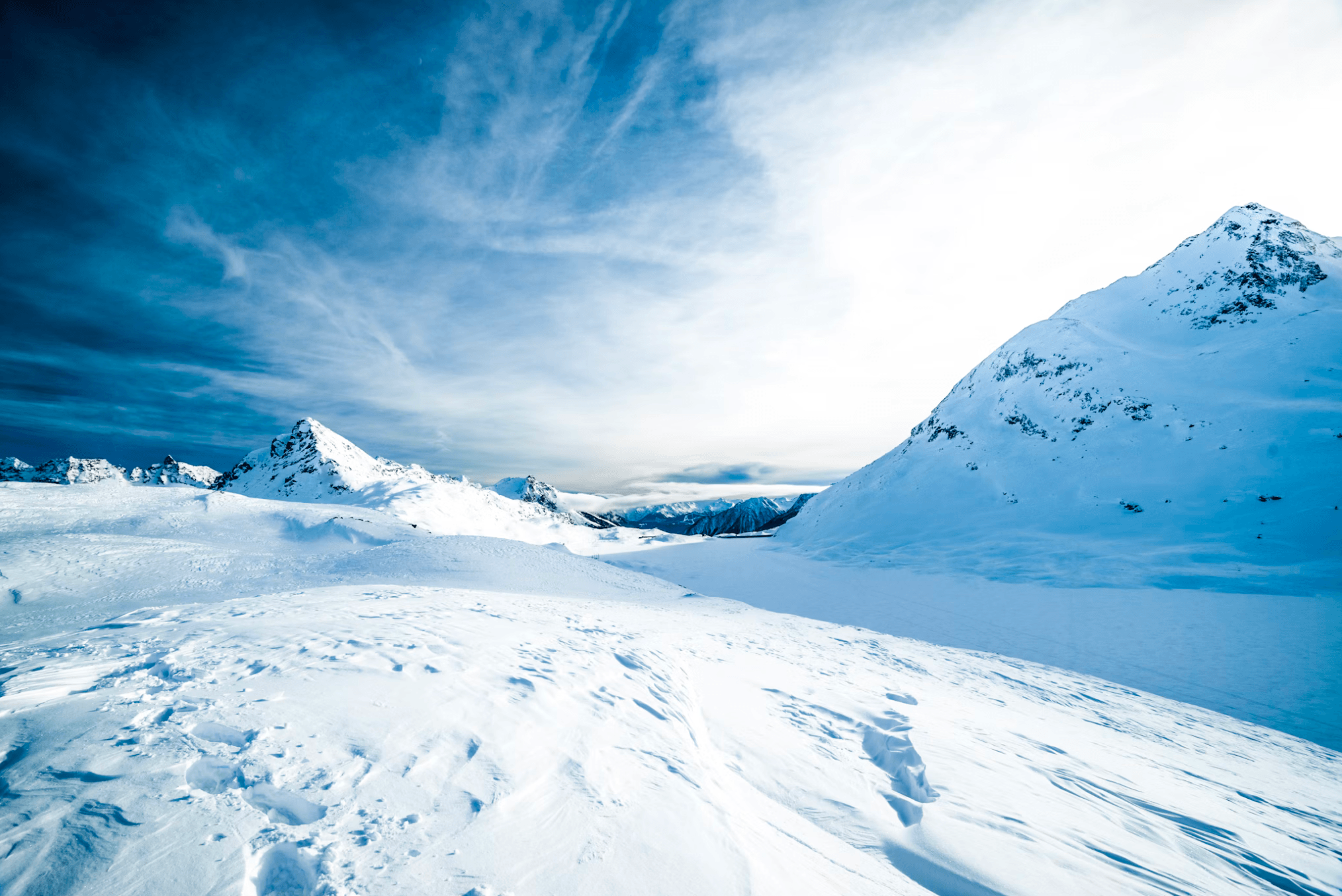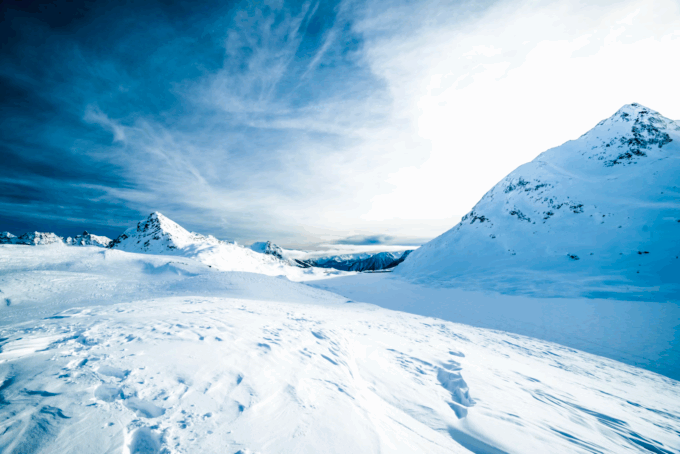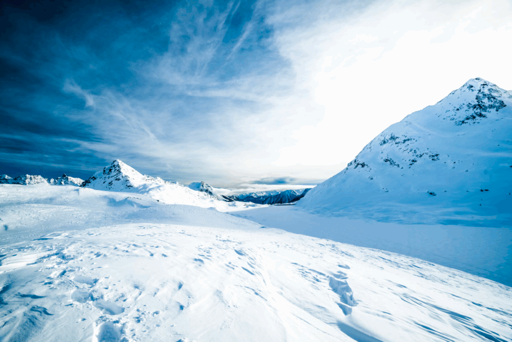

Photo by Alberto Restifo
The Arctic, once a distant and desolate expanse, is now at the epicenter of global competition. March 2025 marked a grim milestone: the smallest maximum Arctic sea ice extent since satellite monitoring began, with September’s minimum tying for the tenth-lowest on record. This melting crust fuels a collision of climate crisis, great power ambition, and Indigenous erasure, as AI-driven shipping and oil rigs exploit opportunity wrapped in catastrophe.
In practical terms, the thinning polar crust has unlocked what was once unattainable. Maritime passages like the Northern Sea Route (NSR) and the Northwest Passage (NWP) are no longer navigational fantasies but operational shortcuts, shrinking Europe-Asia-North America routes by roughly 30 percent.
Yet these icy lanes remain treacherous. A Dutch freighter’s grounding in the NWP in September 2025 underscores the perils of volatile climate, sparse ports, and ecological risks like ship strikes on whales. The dream of seamless transit is fragile at best. China’s October 2025 NSR breakthrough—its container ship Istanbul Bridge completing a solar-panel delivery to Europe— marks a new phase in Arctic logistics, underscoring both opportunity and fragility.
Not that complications deter the key players. Russia, navigating economic strain from Western sanctions over Ukraine, commands the world’s largest icebreaker fleet—eight nuclear-powered giants—securing its Arctic grip. Moscow has turned its frostbitten gaze northward, deploying a modern navy of necessity for navigation and dominance in a region where steel hulls meet shifting ice. The Arctic LNG 2 project, bolstered by China’s acceptance of sanctioned cargoes in August 2025, fuels the Kremlin’s vision of polar preeminence. For Russia, the Arctic is both a resource base and a “strategic bastion.”
China, audaciously self-styled as a “near-Arctic state” despite lying some thousand miles south of the Arctic Circle, advances its “Polar Silk Road.” This rebranding of global geography has irked traditional Arctic nations, but facts rarely inconvenience policy when ideological narratives are in play. Investments in Russia’s Yamal LNG and port stakes in Iceland and Norway, alongside joint research missions, raise diplomatic concerns in Washington and Oslo. Beijing’s July 2024 bomber patrols near Alaska signal ambitions beyond commerce, redefining Arctic geography. European analysts, meanwhile, warn of strategic irrelevance as China’s dual-use Arctic footprint expands, prompting calls for a unified EU Arctic strategy.
The United States, historically slow to act, is accelerating. The trilateral ICE Pact with Canada and Finland aims to close the icebreaker gap, with the USCGC Storis commissioned in August 2025 as a stopgap until the Polar Sentinel arrives in the late 2020s. In early October 2025, Washington and Helsinki finalized an additional deal for Finnish-built icebreakers under the ICE Pact, further signaling urgency in U.S. Arctic preparedness. The Pentagon’s upgraded Alaska surveillance, critical for missile defense, reflects the region’s growing strategic weight. The Arctic is now deemed “critical” for early-warning systems against both hypersonic and conventional threats.
Beneath the jostling of fleets lies a quieter tragedy: the marginalization of Indigenous Arctic communities. For the Inuit, Sámi, and others, new shipping lanes and drilling sites threaten livelihoods tied to ice and tradition. The sudden flurry of foreign interest is less a herald of progress than a continuation of colonization by other means. The Inuit Circumpolar Council’s 2025 push for climate resilience highlights their fight. Yet global conferences rarely amplify their voices, continuing a legacy of exclusion.
The Arctic Council, established in 1996, struggles to bridge global divides. After the invasion of Ukraine in 2022, Russia’s suspension weakened unity. The Council’s mandates have grown hazy, its capacity for scientific collaboration diluted, and its ability to center Indigenous voices has been strained. Denmark took the chair in 2025, and its focus on Indigenous health and biodiversity signals a cautious revival. Recent debates over restoring the Council’s scientific and Indigenous mandates reflect both hope and fragility. Calls for UN-led governance persist, yet multilateral appetite thins as fast as the ice.
Meanwhile, the Arctic transforms, both physically and geopolitically. Climate collapse breeds strategic value; the crisis of extractive greed invites fresh exploitation. Sovereign claims creep northward, driven by sonar pulses and heatmaps. Maps are being redrawn not for the sake of exploration, but for exploitation.
If the High North is to transcend a cold scramble, it must prioritize its original custodians. Justice in the Arctic cannot be dictated by warships and weather balloons. It must be imagined through restraint, forged through responsibility, and anchored in the rights of its original custodians. An Indigenous-inclusive Arctic treaty could anchor justice, balancing restraint with responsibility. Whether this vision can withstand advancing icebreakers and oil rigs is uncertain. But with each melting season, time for a different answer slips further out to sea.
This first ran on FPIF.
The post The Cold Rush appeared first on CounterPunch.org.
From CounterPunch.org via this RSS feed


